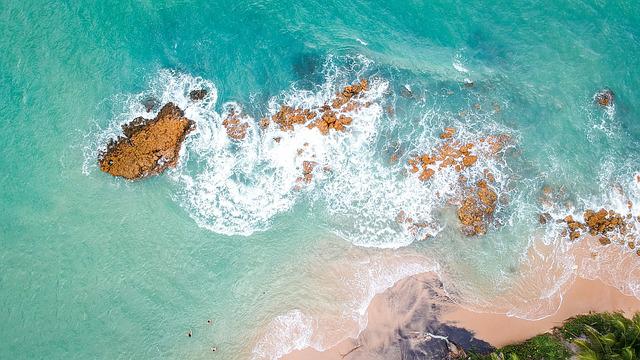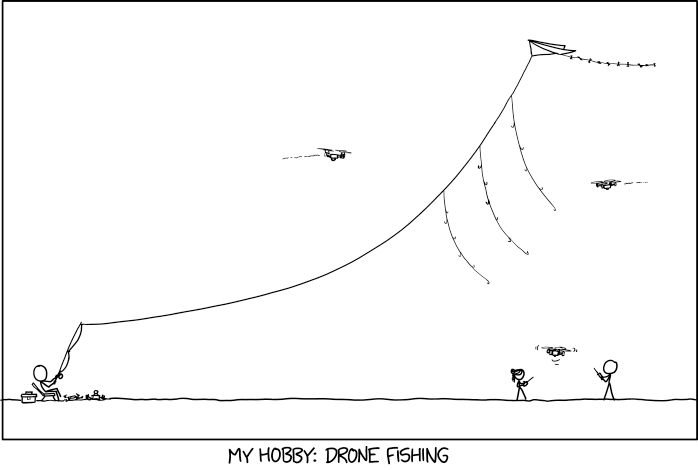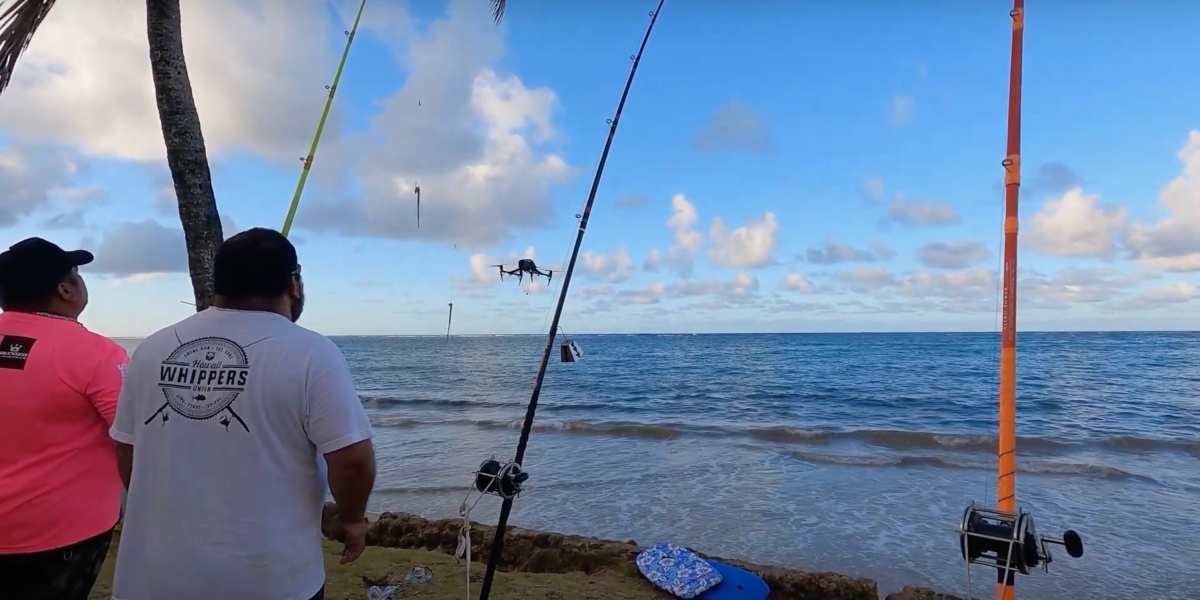
This article will cover the basics of a drone fishing device. We'll also look at what to pay attention to when choosing your drone, battery life, and payload. Then, we'll discuss some ways you can get the most from your drone. You'll find some great tips and tricks in the following sections. You will soon be able to fly the drone of your dreams. Let's get !... started and maybe even catch some fish!
Basic drone fishing equipment
To begin drone fishing, you'll need a good selection of hooks. The fishing line should be doubled and should be mono or braid. A Cat's Paw Loop or Uni knot should be tied to the fishing line. You'll also need a sinker between 2-8 ounces and hooks for attaching to each second section of your backbone. The final step is to attach the lead loop and end loop of your drone using a snap swivel.
There are many methods to make a fishing helicopter. The simplest method is to attach a hook to your drone's landing gear, and spin it until the line comes free. Droppers and drop lines can be used to keep the fishing net below the drone. A dropper allows you to keep the main line below the drone without getting tangled with the propellers. You can add accessories to your fishing drones, such as a dock and a battery pack.
You will need additional equipment once you have bought the basic drone fishing gear. A long fishing line (approximately 700m) and a bait-dropping device are essential. These are optional, but they will make drone fishing more fun. A drone will give you a clearer look of your surroundings so you can spot fish better.

Payload for drone fishing equipment
It is important to understand the safety precautions you must take if you intend to catch fish from a drone. You should never fly your drone in strong winds or rain. Here are some steps to follow:
First, ensure that your drone can carry a lot of weight. It won't be stable if loaded with braided rope or heavy lures. You should also be aware that the wind can cause the drone's drift if you fish at the coast. It is important to review local regulations and laws. Some may not allow you to fish from a drone. A drone with good carrying capacity is essential if you plan to fish from it.
Next, you need to decide which accessories will be needed to mount your drone. To reduce the weight distribution issues, it is a good idea to use a rigging system with a central attachment point. The motor struts and landing gear are the best points for attachment. It is important to avoid attaching any payload to the camera and gimbal because these can damage them. The easiest solution is to tie some fishing line along the length from one corner to another. To prevent it from slipping out, tape can be used to secure the fishing line.
Battery life for drone fishing rig
Before you take off fishing with your drone, make sure to check all the gear and batteries. This will prevent your drone from running low on battery life, and you can focus on fishing instead. You can charge some drones with solar panels or car batteries. It is a good idea to start with fully charged batteries. This will ensure that your drone can fly immediately after you arrive at your fishing spot.

Another important factor to consider is the drone's flight time. While some models are faster than others, a drone that can fly for just twenty-two minutes will suffice. This is great if the drone can fly for hours on the water. Be aware, however, that a drone with limited endurance may not be able to fly and make it virtually impossible to catch fish.
Once you have set up your fishing rig, attach your fishing line clip to the legs of the drone, or to the motor struts. Attach the bait to the fishing rod. Make sure that you lock your reel before you fly your drone. Once you are ready, unlock it. Once you release the line, tension will build and the drone will drop the bait in the water. If the battery is not charged properly after each use, it will not function properly.
FAQ
What are the laws around flying drones?
The Federal Aviation Administration (FAA), which regulates all aspects drone operations in the United States of America, is responsible for them. The FAA must issue a certificate before you can commercially operate a drone. Then, you must complete a course in piloting skills and pass an exam. The agency will require you to pay a fee.
Are Drones Banned Where?
The FAA prohibits drones from flying within close proximity to airports, stadiums and sporting events, as well as nuclear power plants, hospitals and prisons. They are allowed to fly at night by using GPS technology.
What are the rules for operating drones?
The FAA must register your drone. The registration process involves providing information about your drone, such as its weight, size, battery power, and frequency. It also requires you to obtain an identification number from the FAA.
How do you travel with a drone?
Drones are increasingly becoming popular both for personal and commercial use. They are used to film, fly, map, rescue and search and rescue. The FAA has recently approved several new drone regulations, which include requirements for registration, licensing, pilot training, and insurance. These new regulations will ensure drones are safe for all.
What is the law regarding drones flying over private property
The FAA has recently issued new rules for commercial drone flights. These rules do not apply to UAVs under 55 pounds or flying at less than 400 feet above sea level. Commercial operators will need to register with FAA and get a license from agency. They must also obtain permission from local authorities if they plan to operate in restricted areas, such as airports.
Statistics
- According to ZipRecruiter, the minimum hourly wage of drone pilots is $20. (thedroneu.com)
- According to the multiple listing service (MLS), houses and apartments with drone photographs are up to 68 percent more likely to sell than those without pictures. (thedroneu.com)
- With the top 10% making over $100/h and the bottom 10% making as low as $10/h. (dronesgator.com)
External Links
How To
How to Fly Drones with Beginners
A drone can be used to fly remotely controlled aircraft for photography, surveillance, scientific research, hobby and commercial purposes. Drones are a technology that has been around since World War II. DJI introduced their Phantom series of quadcopters in 2010, but commercial use only began in 2010. Many types of drones have been made available since then, from beginner-friendly models such as the Parrot AR Drone 2.0, to high-end multi-rotor craft such as the DJI Mavic Pro.
There are many ways to fly a drone.
-
Remote control - This method uses a control device attached to your hand, which enables you to steer the drone through its flight path. There are two main types of controllers: On/Off switches (like a radio) and joysticks.
-
Manual Control - Using a smartphone app, this method allows users to remotely operate the drone via GPS coordinates. Follow the instructions of the app to track the exact location you want the drone go.
-
Autonomous Flight: This means that the drone will take care of all the piloting. The drone is able to fly autonomously, without the need for human intervention. It must have a builtin camera, sensors capable of taking images and data to enable autonomous flight.
-
Triggered Flight - This method is similar to manual control, except the pilot manually sets up a preprogrammed route, and the drone follows that route until it reaches the endpoint. After the program is complete, the drone automatically returns to the ground.
-
Landing Gear – A few drones come with landing gear. This allows them land safely in the event of losing power or running out of battery.
-
Goggles - Some pilots wear goggles to protect themselves from debris while operating.
-
Camera - Certain drones come with cameras that allow you to take photos and videos from high above.
-
Obstacles-Some drones come with obstacle avoidance devices that keep them from hitting obstructions.
-
Speed - Some drones can reach speeds of over 40 mph.
-
Battery Life - Most drones are capable of lasting between 20 minutes and three hours, depending on the power that you use.
-
Distance - Some drones can travel up 30 miles depending on the model.
-
Power source - Some drones require an external power source; others work off internal batteries.
-
Weight - Some drones are lighter than others, while some models can weigh as much as 4 pounds.
-
Size - The size of drones varies from small, easily carried devices to more substantial crafts that weigh in excess of 50 pounds.
-
Price - From high-end models that cost thousands of dollars to low-cost options that start at $100, all drones fall under a certain price category.